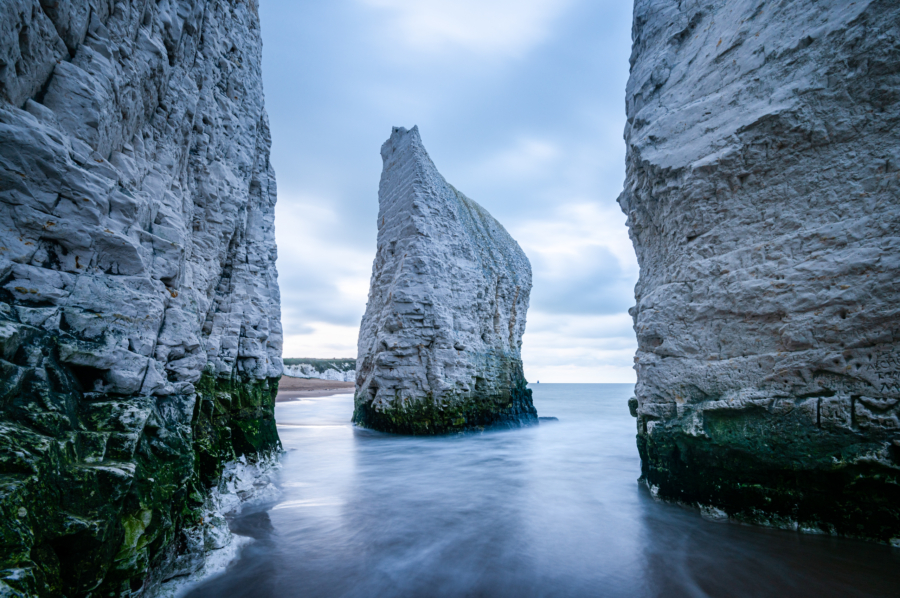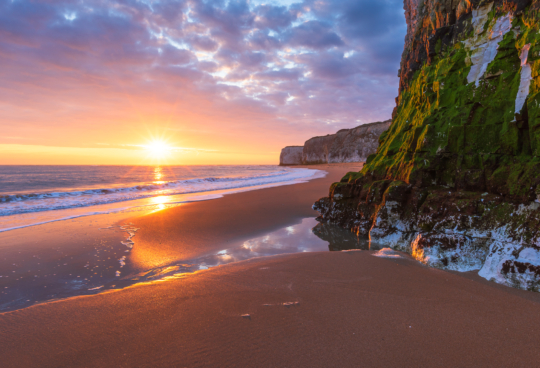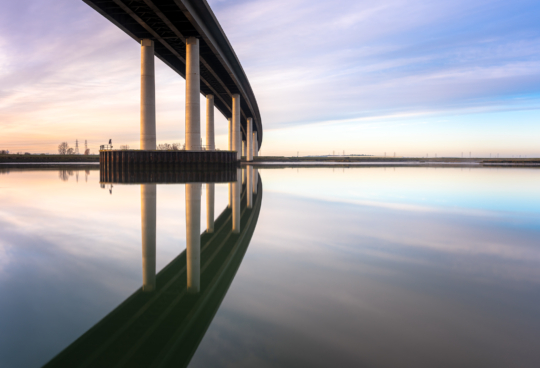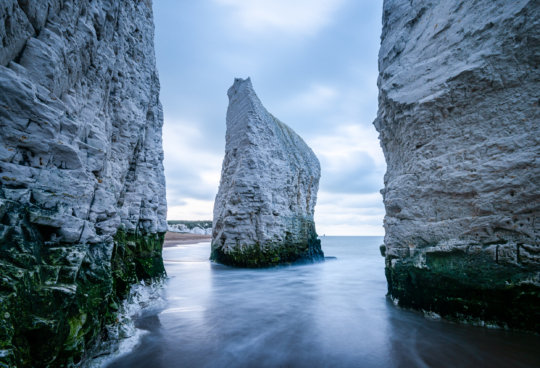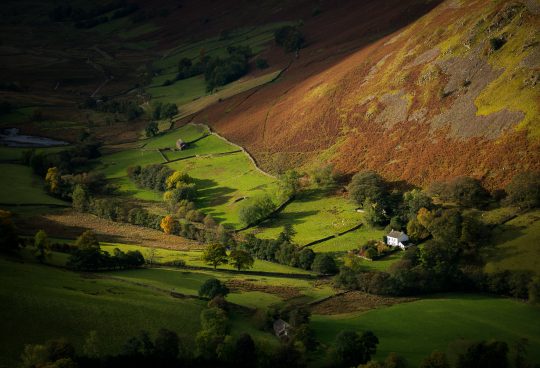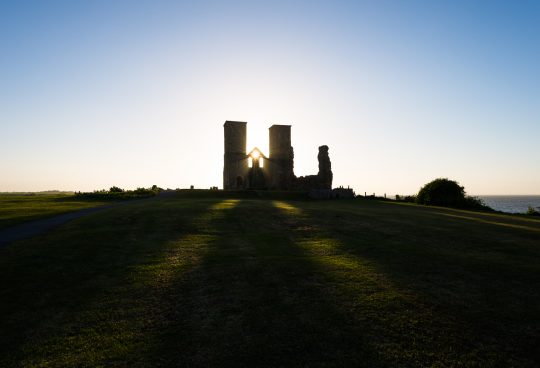Located in the far south-east of the UK, the county of Kent is historically known as the ‘Garden of England’ for its abundance of orchards and hop gardens. Despite also being the 5th most populous county in England, a third of Kent is registered as an Area of Outstanding Natural Beauty including the Kent Downs, a series of chalk ridges stretching from the Surrey borders in the west to the White Cliffs of Dover in the east. As well as being home to this iconic landmark the Kent coastline also comprises unique marshlands, tidal pools and sandy beaches which together with the easily accessible countryside is what makes Kent so special for the visiting photographer.
Broadstairs
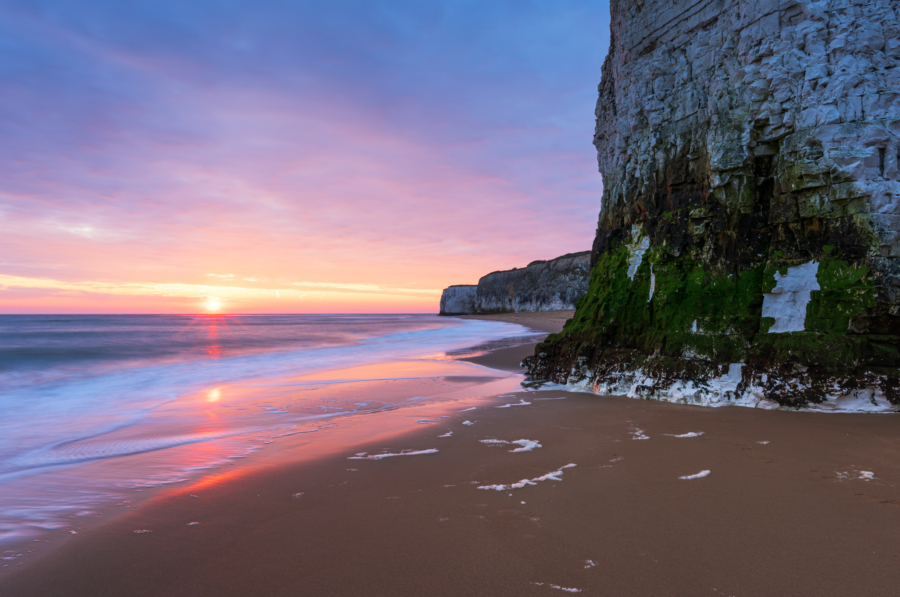
Broadstairs is a coastal town situated on the Isle of Thanet; a peninsula at the most easterly point in Kent that was once separated by the Wantsum Channel but which has long since silted up. The area is home to the popular towns of Margate and Ramsgate and is a renowned holiday destination due in part to the numerous sandy beaches; there are 16 beaches on Thanet and 7 in particular in Broadstairs!
The options are indeed ample but I would recommend Botany Bay and Kingsgate as ideal locations to explore first. These adjacent bays both have cliff interest in which to frame compositions around and are easily accessed from nearby car parks. Being on the east coast both these beaches lend themselves to a sunrise shoot although the cliff stacks on Botany Bay are also perfect to shoot on a summer sunset. The nearby sea arch at Kingsgate Bay looks at its best when side lit just after sunrise in Spring and Autumn and there are options at both locations regardless of the tide height.
Reculver
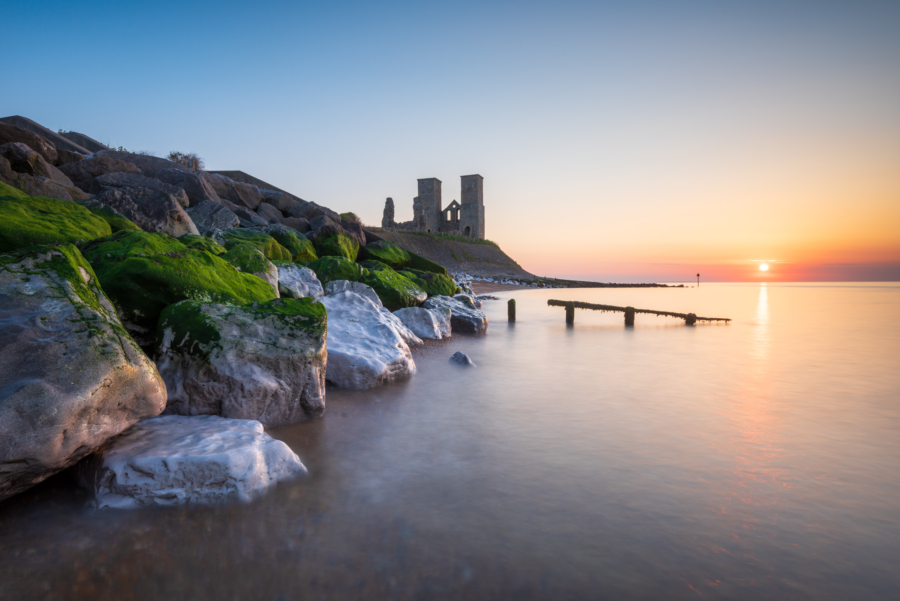
On the North Kent coast near the town of Herne Bay lies the small village and seaside resort of Reculver. The imposing twin towers of the Anglo-Saxon church built in the 12th century remain on the site of one of the earliest Roman forts; Regulbium.
Due to coastal erosion, the ruins are now situated very close to the coast, enabling fantastic all-around views which makes Reculver an ideal location at any time of the day and year. The most dynamic opportunities for photos of the front of the towers require walking down onto the soft wet sand at low tide so make sure to pack wellies! Images from behind the towers can be timed to include the setting sun during April – September.
Folkestone Warren
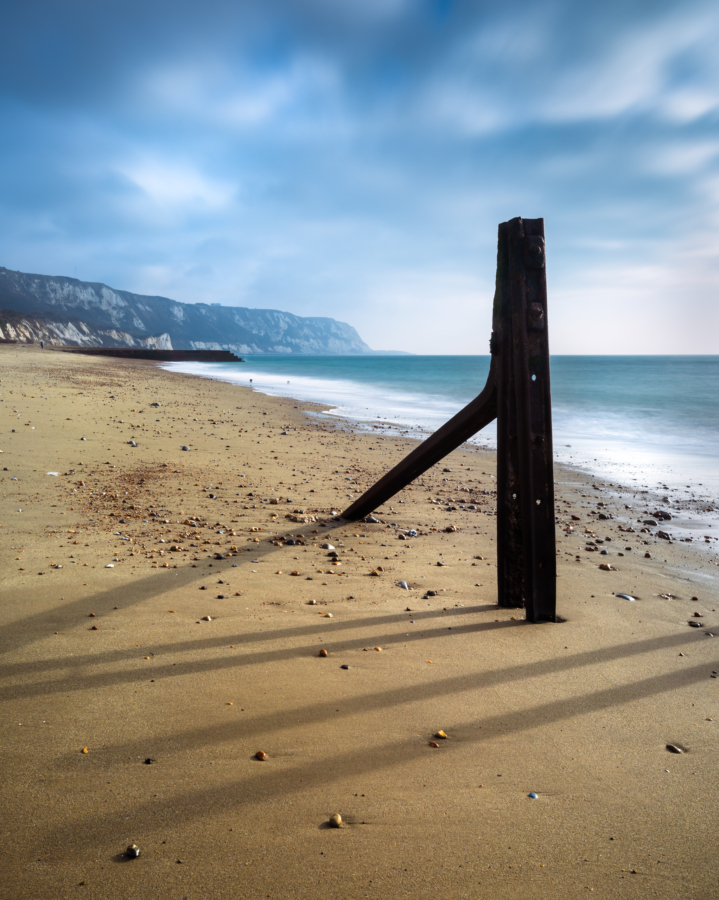
The Warren Country Park is a nature reserve and Site of Special Scientific Interest in Folkestone which has been formed by centuries of landslides from the surrounding cliffs. In its Edwardian heyday the Warren was a very popular destination with its own railway station, café and playgrounds but after a substantial cliff fall in 1915 which buried the Dover to Folkestone railway line, the Warren seems destined to be something of a hidden gem on the Kent coast.
The sandy beach at the base of the cliffs is full of interest for seascapes with its unique railway line sea defences and bold concrete aprons which were built in the fifties to help prevent further erosion. The bay faces south-east which is ideal for sunrises especially during the winter months and although any tide height here will work the disused railway line groynes will mostly be invisible at high tide.
King’s Wood, Challock
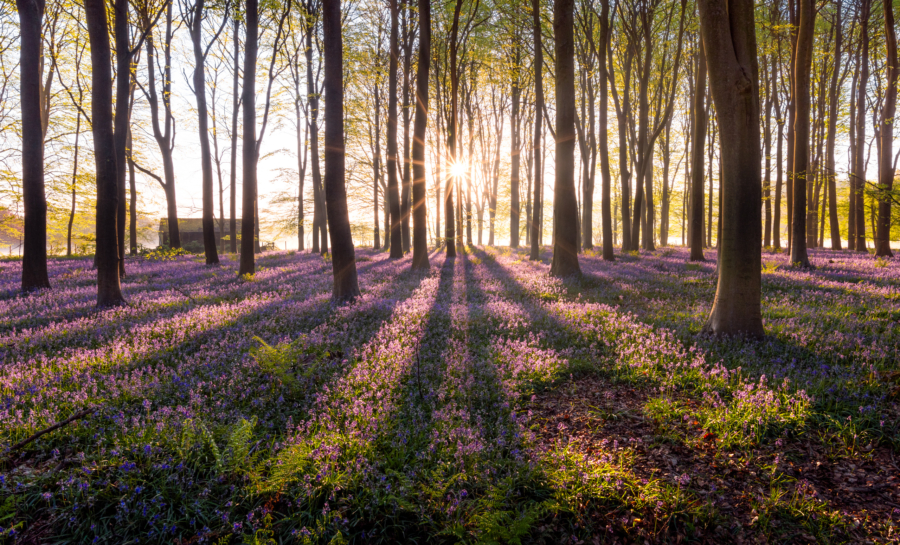
King’s Wood is one of Kent’s largest ancient woodlands. The 1500-acre forest located in the Kent Downs AONB has a mix of broad-leafed and coniferous trees with a diverse range of flora and fauna which can be explored via an array of trails and well-maintained paths; historically King’s Wood was a royal hunting ground frequented by Henry VIII and herds of fallow deer still roam here today.
One of the main attractions to these woods occurs during the Spring months when the forest floor is carpeted with beautiful bluebells. There are plenty of areas on the outskirts of the woods where the bluebells thrive in between the rows of beech trees which can make for dramatic images at either end of the day.
Fairfield Church
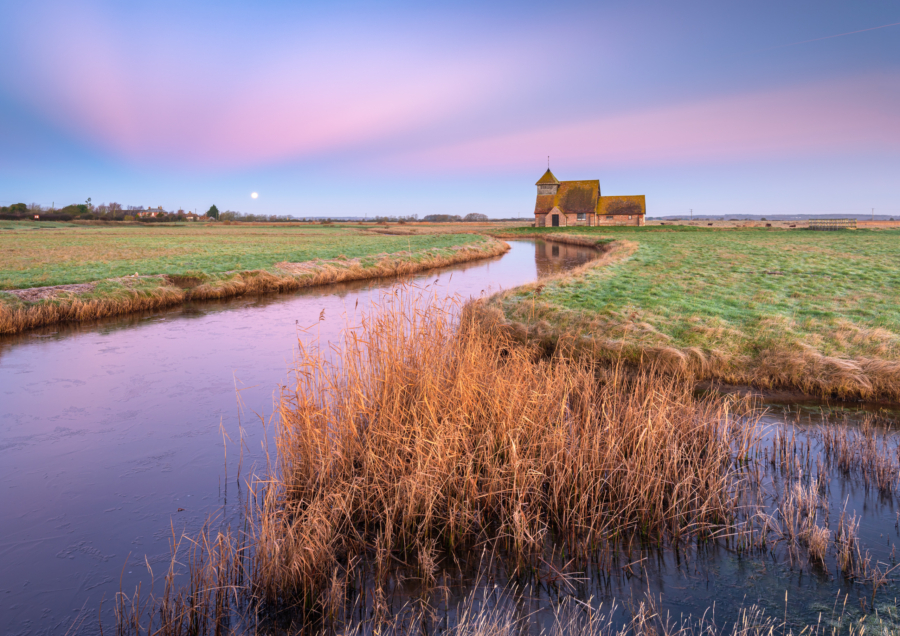
Fairfield church also known as St. Thomas à Beckett church is an iconic isolated building on Romney Marsh in the south of Kent. Little remains of the village it was first built to serve in the 13th century, Fairfield along with many other villages on the marshes vanished as the population fell, notably due to malaria which was prevalent in the area into the 1800s.
The medieval church now sits alone in among the fields of grazing sheep, intersecting with various watercourses and drainage ditches which offer fantastic opportunities to frame and reflect the church in all directions. The location is particularly suited to sunrise shoots when frequently occurring low-lying mist can enhance the atmosphere.


